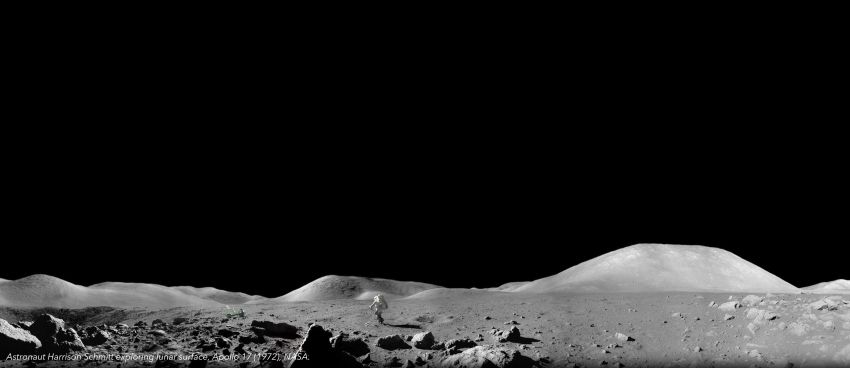2024MSc3WS1: Difference between revisions
| Line 24: | Line 24: | ||
=='''FRAMEWORK'''== | =='''FRAMEWORK'''== | ||
'''Rhizome 1.0 & 2.0''' approaches developed in 2021-24 for underground off-Earth habitats on Mars using Design-to-Robotic-Production-Assembly and -Operation (D2RPA&O) methods will be further advanced in '''Moonshot+ LA&I''' to demonstrate applicability | '''Rhizome 1.0 & 2.0''' approaches developed in 2021-24 for underground off-Earth habitats on Mars using Design-to-Robotic-Production-Assembly and -Operation (D2RPA&O) methods will be further advanced in '''Moonshot+ LA&I''' to demonstrate applicability in Lunar conditions. The aim is to (a) understand whether these approaches are transferable to other environments (b) outline the associated challenges and develop appropriate solutions. In this context, the design takes functional, structural, material, and operational aspects into account. It furthermore, integrates sensor-actuators into the life-support system of the habitat. It takes advantage of Computer Vision (CV) and Human-Robot Collaboration/ Interaction (HRC/ I) at various stages in the construction process. | ||
<br> | <br> | ||
<br> | <br> | ||
---- | ---- | ||
=='''PRECEDENTS'''== | =='''PRECEDENTS'''== | ||
Revision as of 12:37, 29 August 2024
MSc 3 Workshop 1 (24)
FRAMEWORK
Rhizome 1.0 & 2.0 approaches developed in 2021-24 for underground off-Earth habitats on Mars using Design-to-Robotic-Production-Assembly and -Operation (D2RPA&O) methods will be further advanced in Moonshot+ LA&I to demonstrate applicability in Lunar conditions. The aim is to (a) understand whether these approaches are transferable to other environments (b) outline the associated challenges and develop appropriate solutions. In this context, the design takes functional, structural, material, and operational aspects into account. It furthermore, integrates sensor-actuators into the life-support system of the habitat. It takes advantage of Computer Vision (CV) and Human-Robot Collaboration/ Interaction (HRC/ I) at various stages in the construction process.
PRECEDENTS
Several firms have been developing ideas for off-Earth construction such as | Autonomous Additive Construction on Mars by Foster+Partners and | Marsha.
